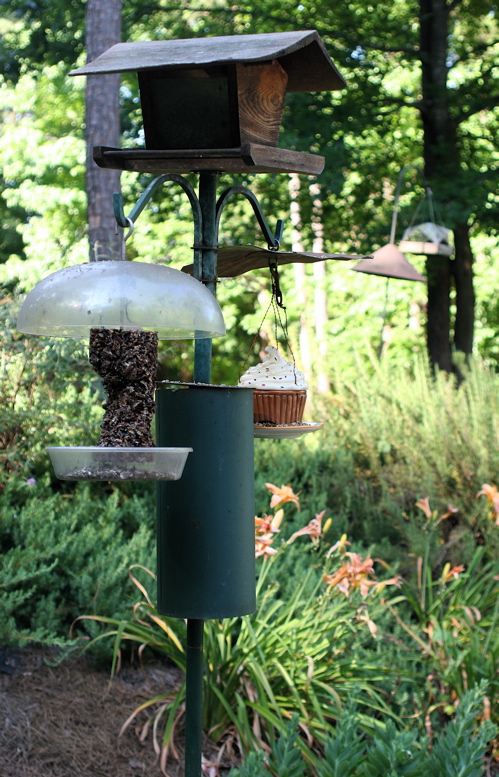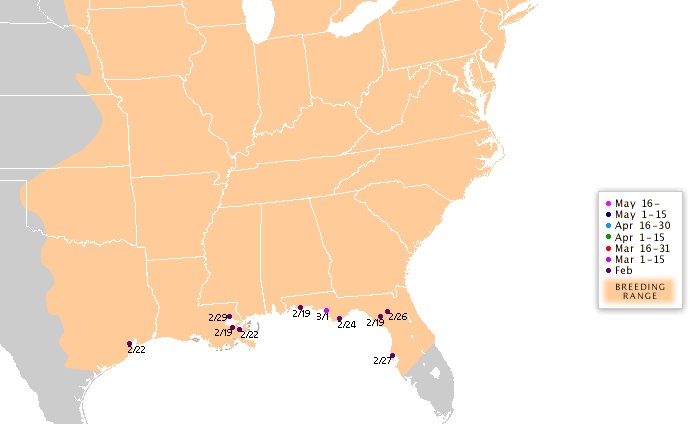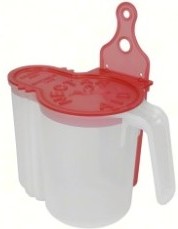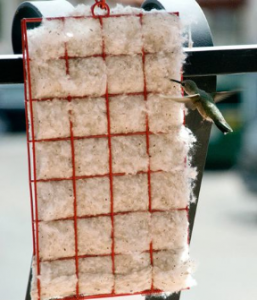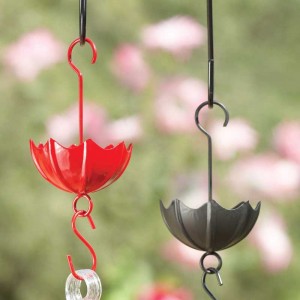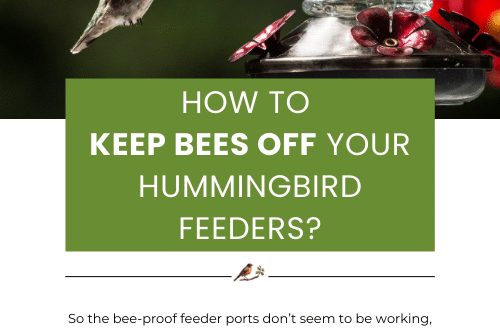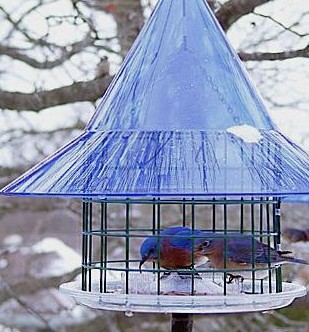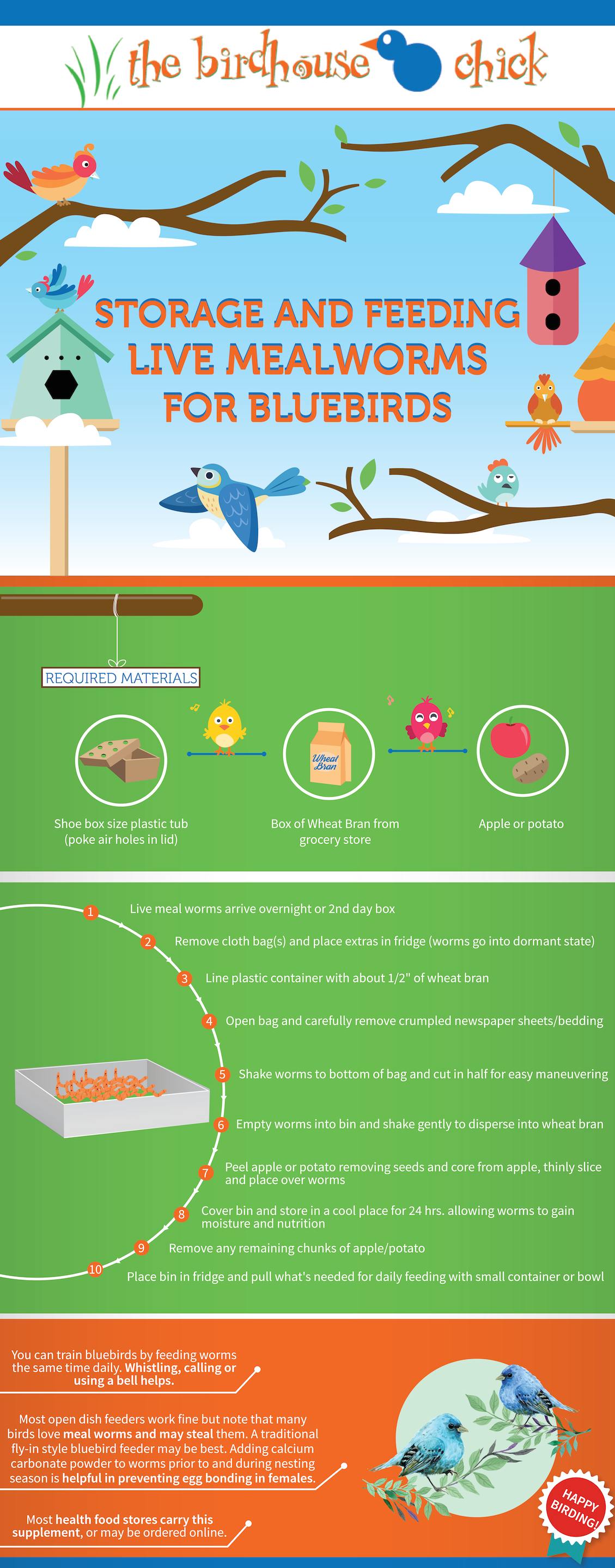-
A Squirrel Baffle that Absolutely Works?
They all do… when placed correctly!
It’s just baffling to us when folks claim they can’t keep the pesky critters out of bird feeders! With about 15 different feeders at our own place, squirrels simply aren’t an issue. Yes, we feed them too and no, it’s never enough!
There’s lots of trees and lots of squirrels too- enough for a football game, but they’re relegated to their own feeders along the tree line, peanut butter slapped on a tree when it’s cold, and whatever falls on the ground from bird feeders. They may not seem too happy with the arrangement, but we are and dually so for the birds 🙂
When placing a feeder with a squirrel baffle, it’s well worth five extra minutes of time to plan your strategy. After all, it is a war, but with the right tactics… you can easily win!
One of the biggest, most important issues is the horizontal launching point! You baffle a pole so they can’t climb up, and you hang a baffle over a feeder so they can’t climb down. But none of this even matters if they can jump sideways from something to gain access. And that’s just what they’ll do, with fancy acrobatics and uber-squirrel strength… they’ll launch themselves as much as 10 feet clear over to the feeder if there’s a a good place or thing from where to jump!
Pole mounted squirrel baffles should be placed so the bottom is at least 4 ft. from the ground. If any closer, the critters won’t even bother trying to climb – they’ll jump right up, bypassing the baffle from ground level. Even when placing a feeder that uses a hanging baffle, be sure there’s a 10 ft. clearance between the feeder and any other object such as a tree, railing, wood pile, bench… anything!
Squirrels will test your patience, and they’ll have you believing they’ve won the war. But with a one-time investment in a decent squirrel baffle, and five minutes of thought, you’ll save tons of birdseed and your nerves when dealing with furry critters raiding your feeders!
-
We Have Touch-Down! Time to Prep Hummingbird Feeders
It’s official… Ruby Throat Hummingbirds have landed along the panhandle and are headed your way!
For the 2016 season, reports show the tiny sprites have made their way to land in their usual spots along the Gulf of Mexico. Possibly a little early this year? It seems we’re always surprised by Mother Nature’s targeted timing, regardless of weather. They’ve journeyed far, some along land masses and some over water, but you can bet all are tired and hungry once they arrive.
Fat reserves have been depleted during migration, so they’re definitely on the hunt for immediate food sources. Luckily this winter has been kinder than previous ones, so some natural food sources may be available in the deep south. Feeders, feeders and more hummingbird feeders is what they’re seeking! Returning to most of the spots they frequented last year, hummingbirds are known for site fidelity. They come back to the same yards (summer breeding grounds) if habitat was good to them last time! Amazingly enough, even the juveniles from last season know to return to the same place.
Now’s the time to dig out feeders from storage and give them a good cleaning. Maybe even time for a new feeder if there was too much fuss over territory last year? Placing one feeder in the front and one in the back may feed more hummingbirds than two feeders within site of each other because some can be such bullies!
A few tips to make it the best season ever:
If you don’t already, vow to make your own nectar, it’s never been easier! Pure cane (table sugar) and water is all, it’s best for birds and your wallet too.
This handy self-measure pitcher lets you make perfect nectar every time without even measuring – so now there’s really no excuse! Mix and store in one container, no measuring cup, no spoon, no ratios to remember… simple as can be!
Offer nesting material that’s made especially for hummingbirds, it’s even endorsed by The Hummingbird Society.
Other birds may also partake, but Hummer Helper is proven to bring more sprites to your feeders because once babies fledge, they’ll learn to feed from nectar sources.
Ants got you down? Hummingbirds get bummed out too! A really small one-time purchase will save batches of nectar from spoiling in feeders. Just one ant ruins the entire contents. They must emit something really awful?
Keep your ant moat filled with water and keep the pests at bay (because ants can’t swim). Your hummingbirds will thank you.
Welcome back little ones… so many folks are eagerly awaiting your return!
-
Put Some Live Ones in that Mealworm Feeder
So you’ve put up the house, but no bluebirds. Then you try every conceivable bluebird treat on the planet, but still no blues. You know they’re in the area, the color and song are unmistakable. So why aren’t they coming to your place?
Habitat is, and will always be a key factor when trying to entice feathered friends. Bluebirds do prefer open spaces, with perching spots from where they can swoop and hunt insects. Fresh water in a birdbath (a consistent and clean source) is a big one. Birds who may not use feeders still require water. Shelter and cover (evergreens, trees & shrubs) are very important for protection from predators and the elements. Food is the other key part, and if you want bluebirds, it may take their very favorite… live mealworms!
You can finally attract bluebirds and keep them coming back by offering live worms. Creepy, crawly? Maybe just a little at first, but ya get used to it fast 🙂 Handling and storing live worms is simple! The graphic below shows what to do when they arrive and how to keep them fat and happy.
Mealworm feeders range from open dish-style, fly-ins and covered tray-types, to the small kitchen bowl on your deck rail, clay saucer on the porch, and even a plastic container tacked to a tree! Fancy feeder not required… just some improvisation. And we promise, the bluebirds don’t really care as long as worms are easily accessible for them (and not every other bird in the yard). Yes, mealies are extremely popular with many of the backyard avian crews! Should you discover too many other birds stealing worms, a caged or fly-in type feeder may be better suited. But if you’re a little bird-crazy like us… then everybody gets some worms 🙂
Hummingbird Feeders
about feeders & accessories

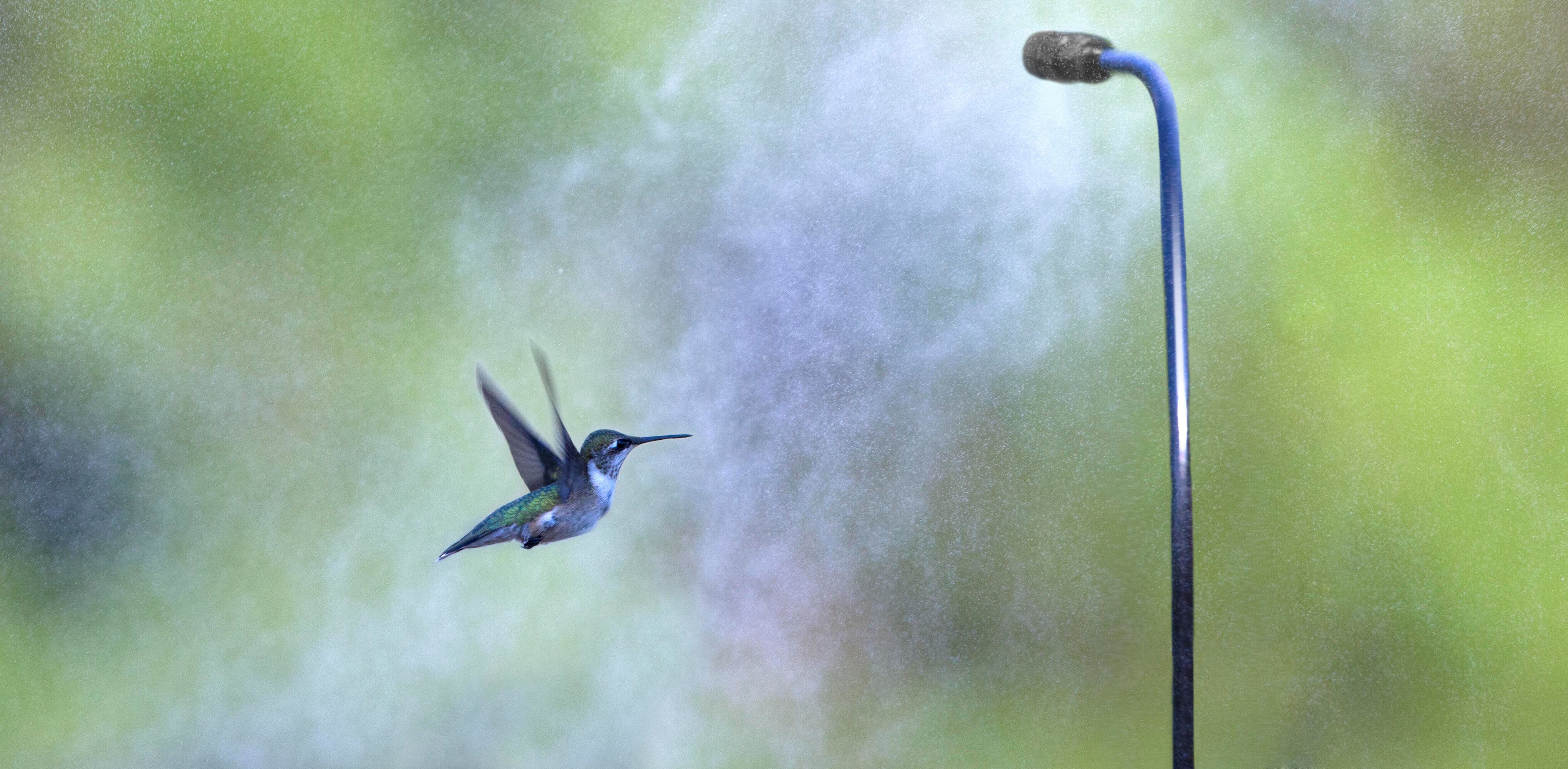
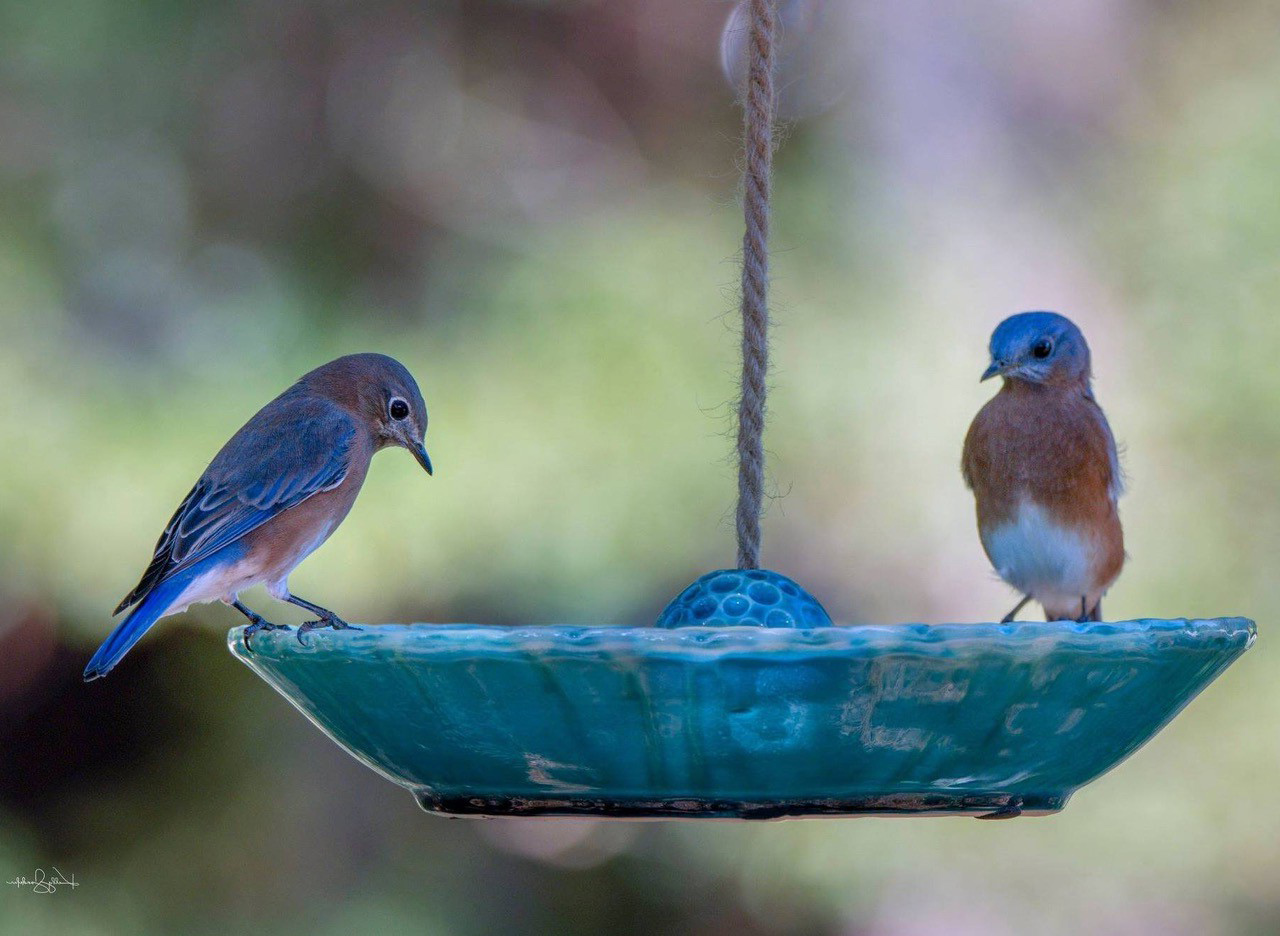
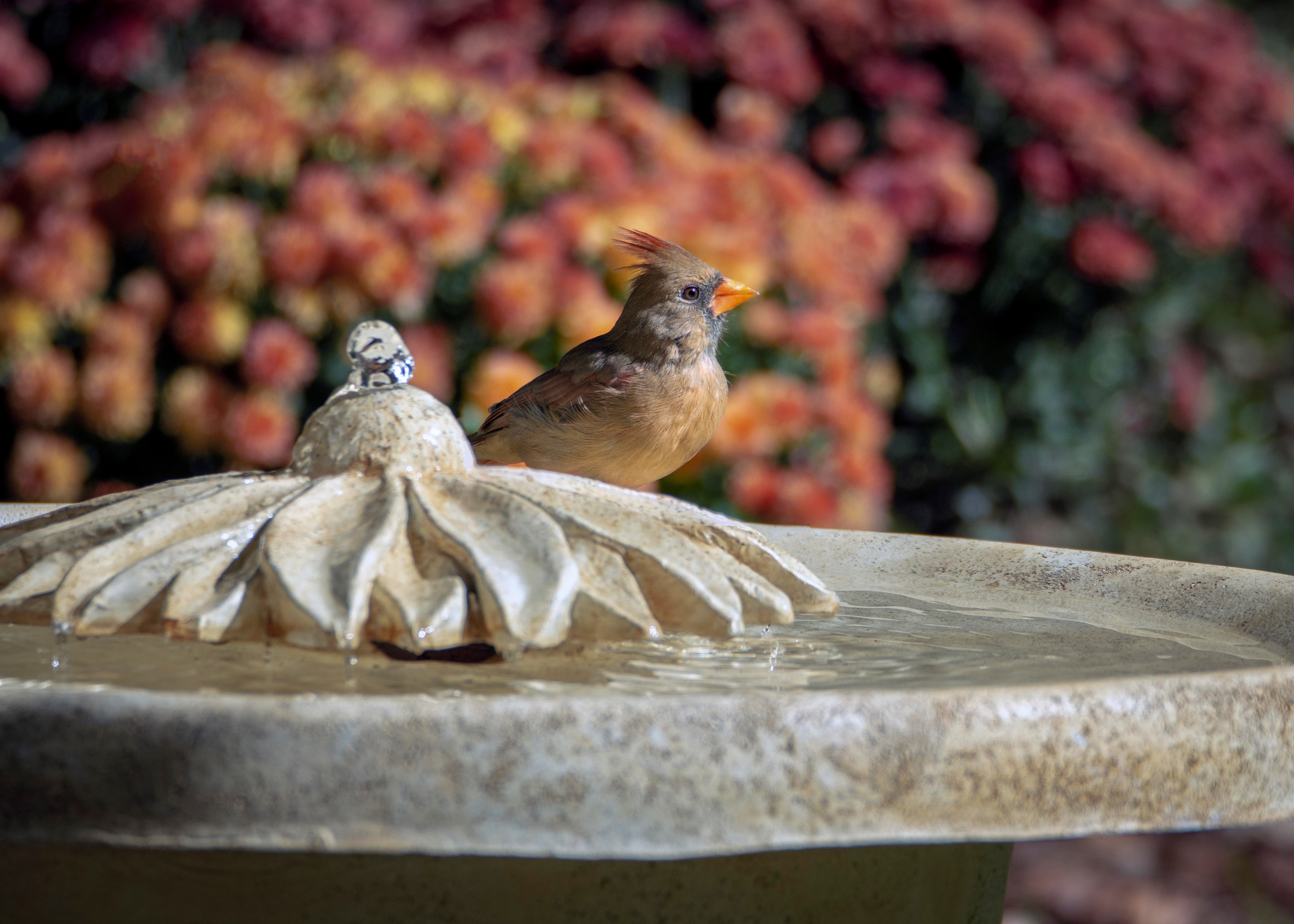
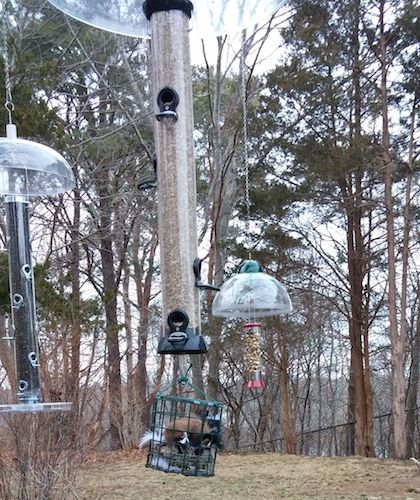 It’s just baffling to us when folks claim they can’t keep the pesky critters out of bird feeders! With about 15 different feeders at our own place, squirrels simply aren’t an issue. Yes, we feed them too and no, it’s never enough!
It’s just baffling to us when folks claim they can’t keep the pesky critters out of bird feeders! With about 15 different feeders at our own place, squirrels simply aren’t an issue. Yes, we feed them too and no, it’s never enough!